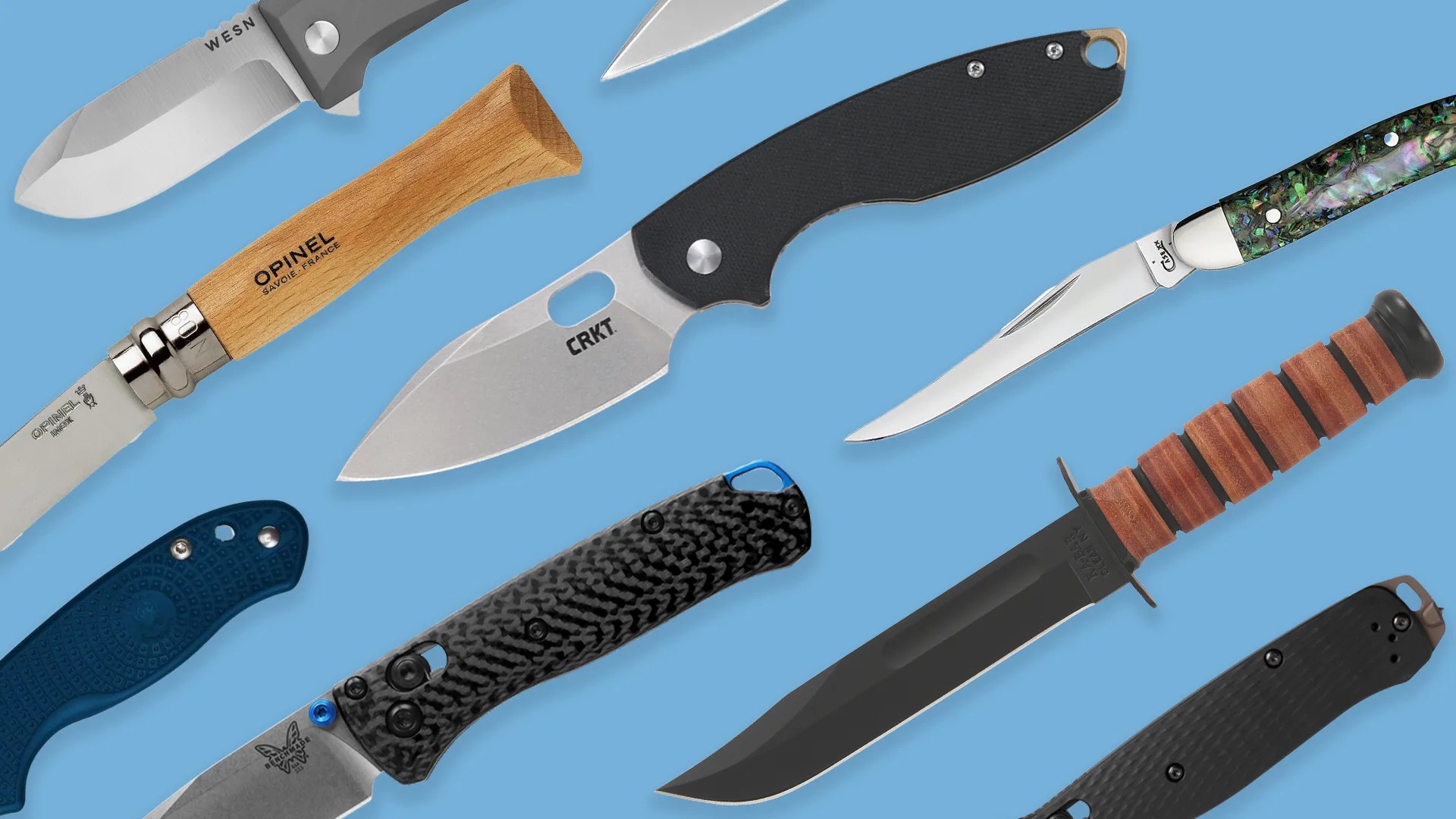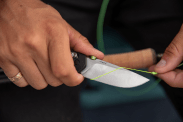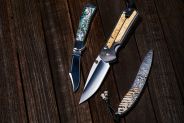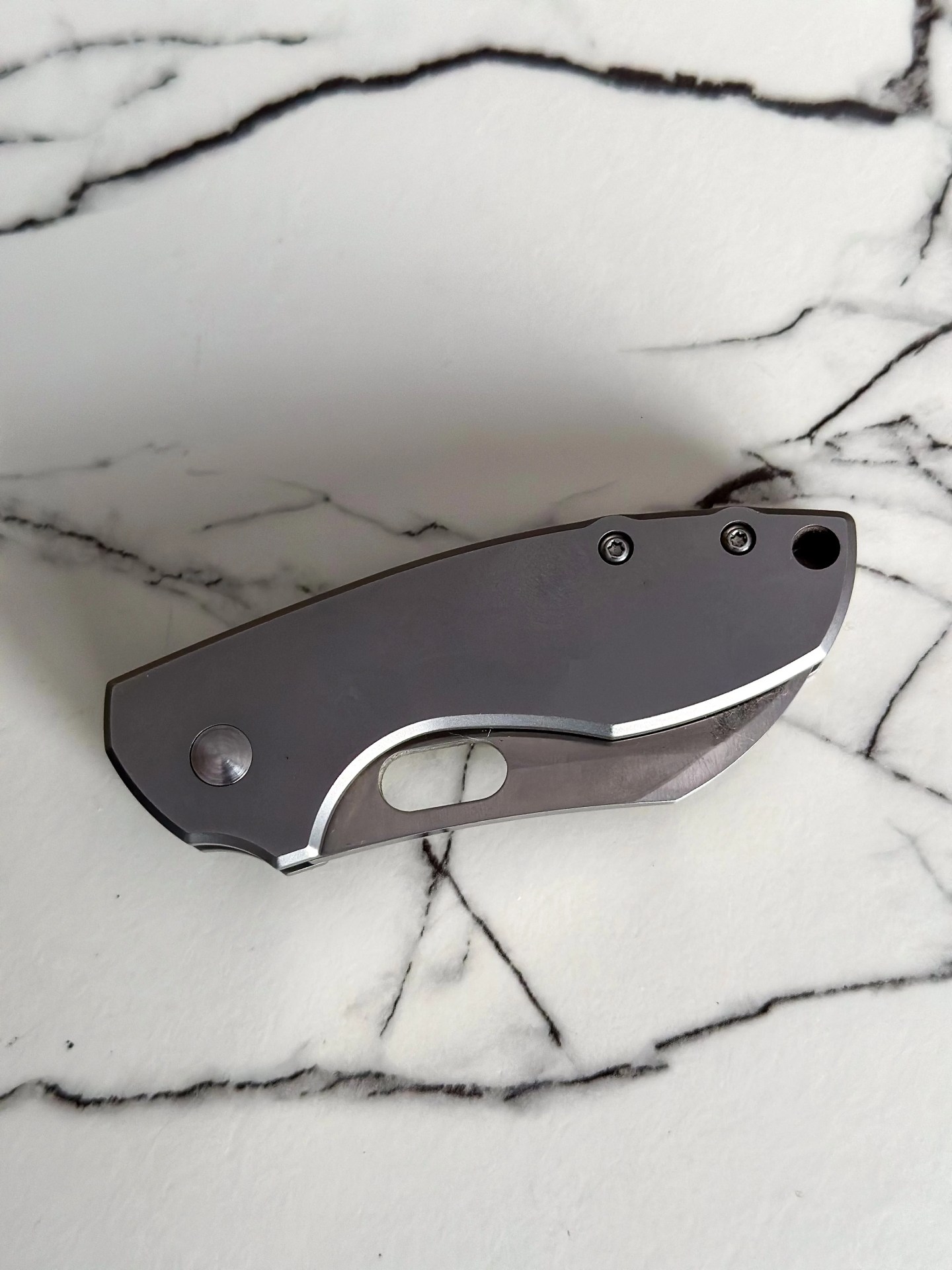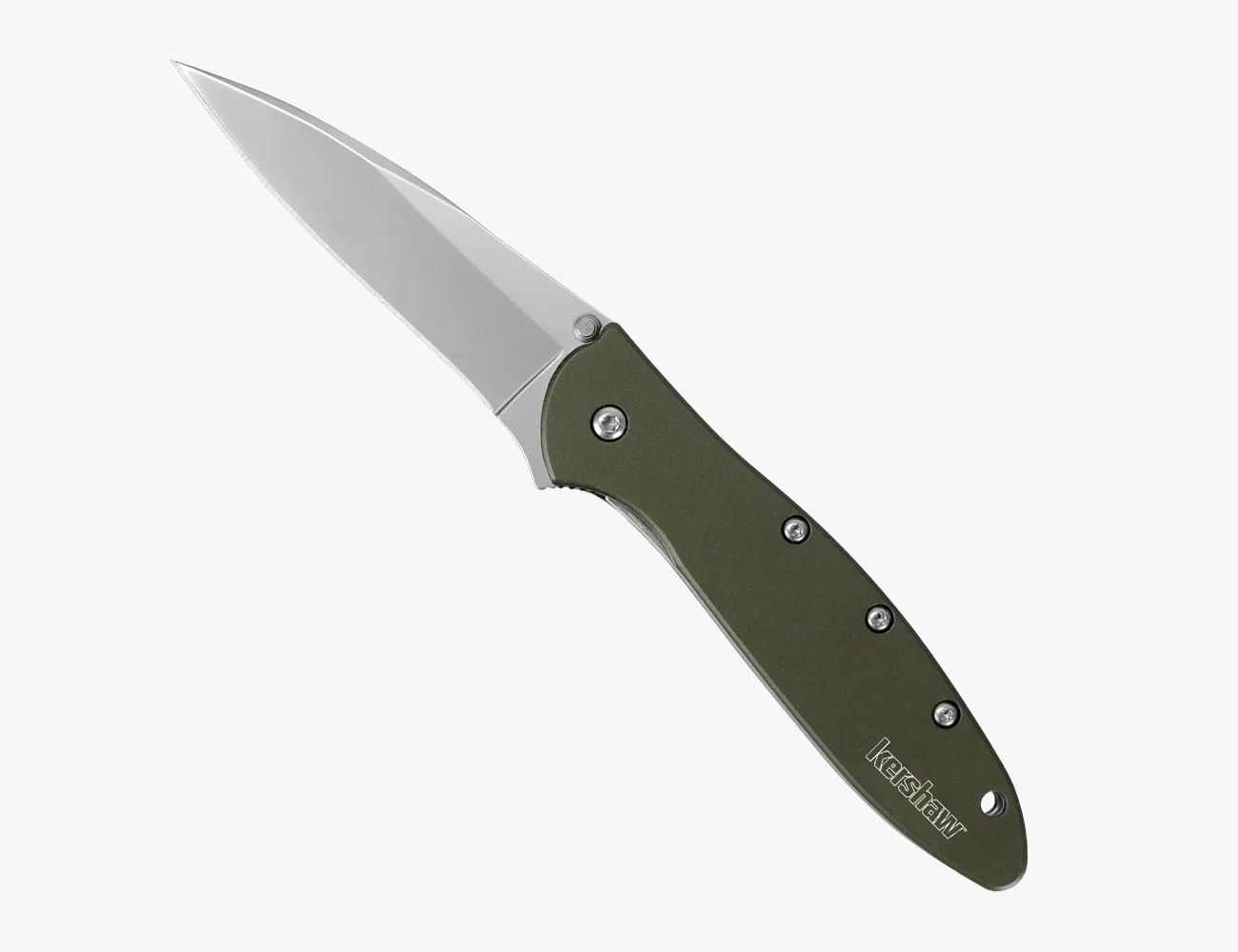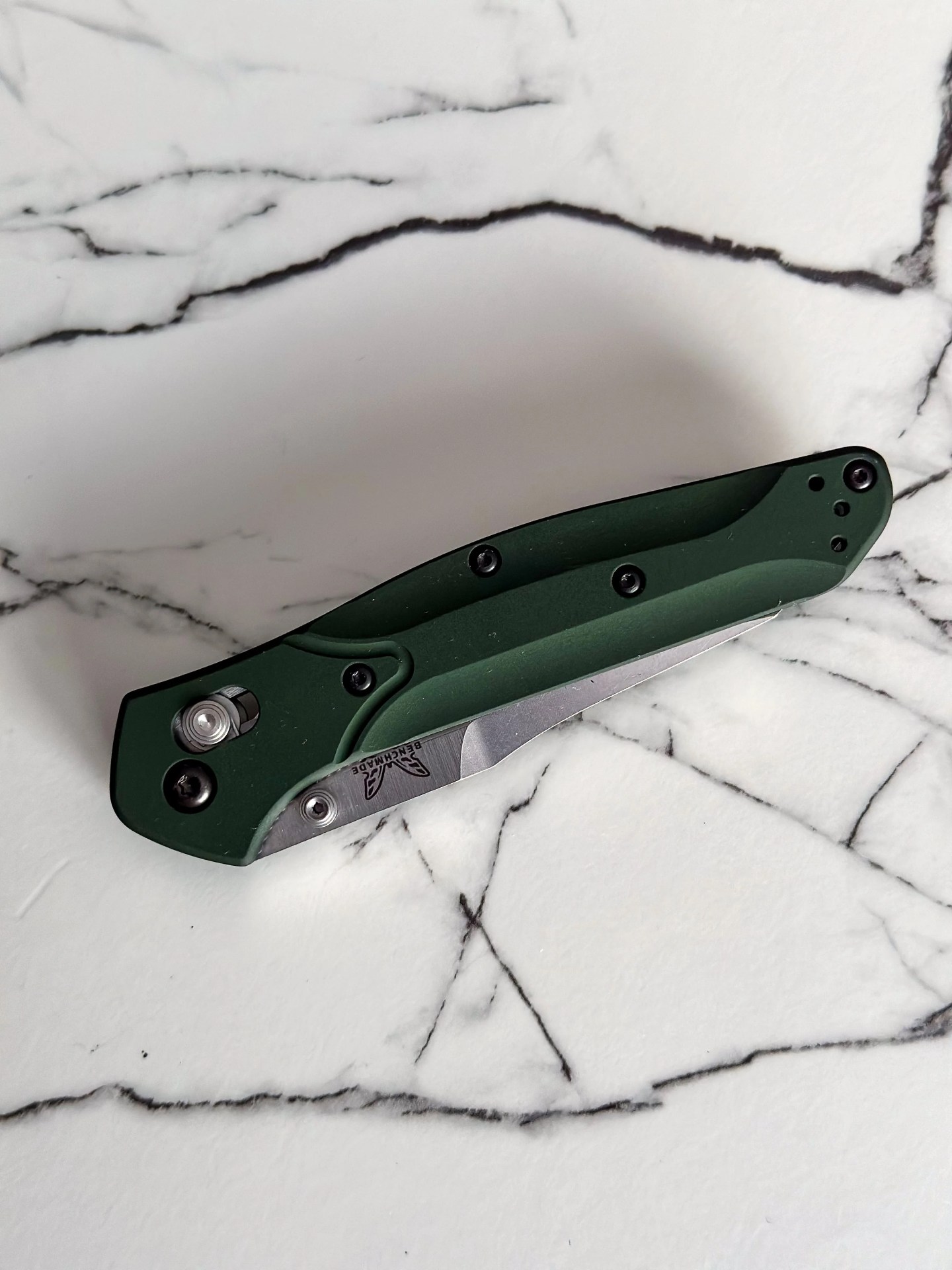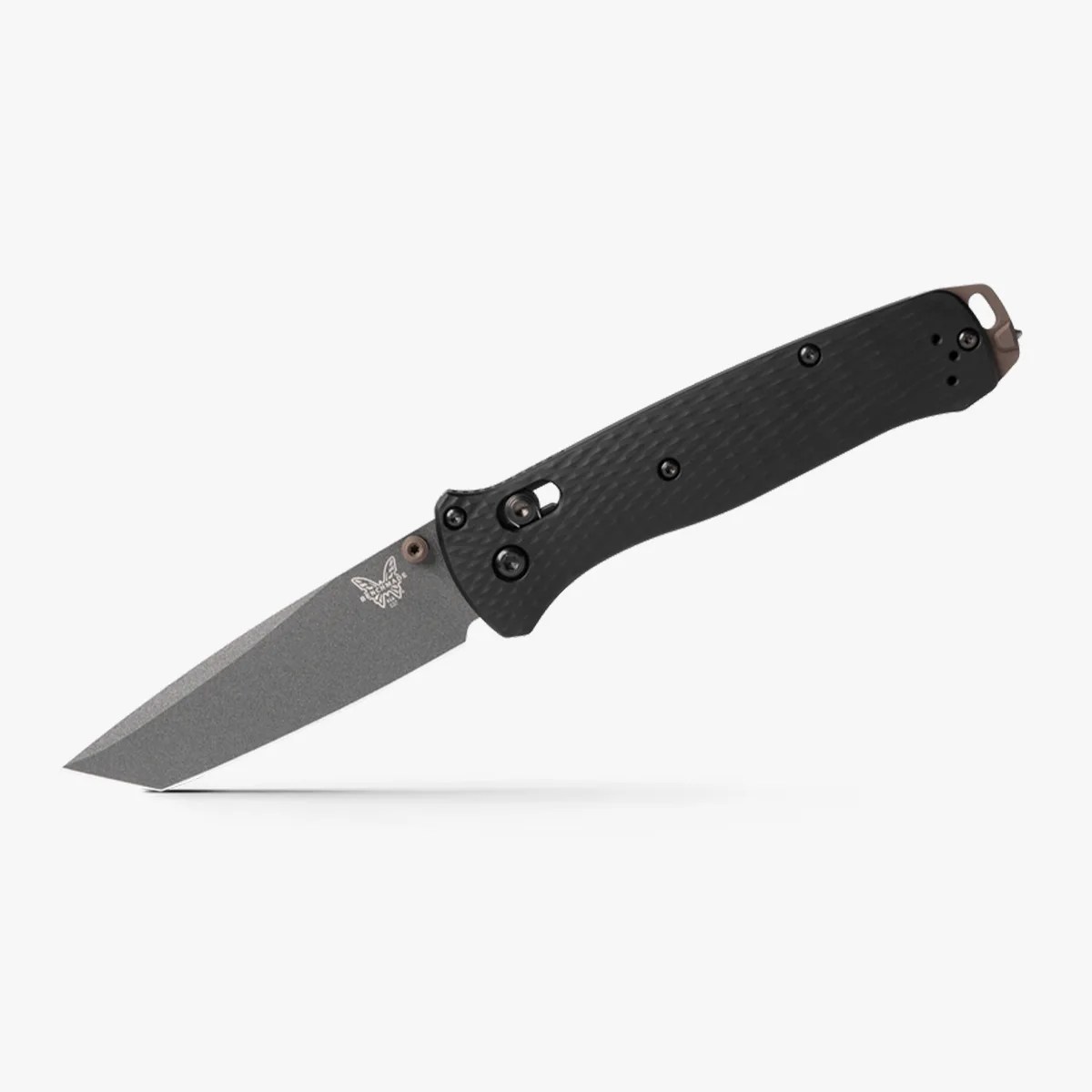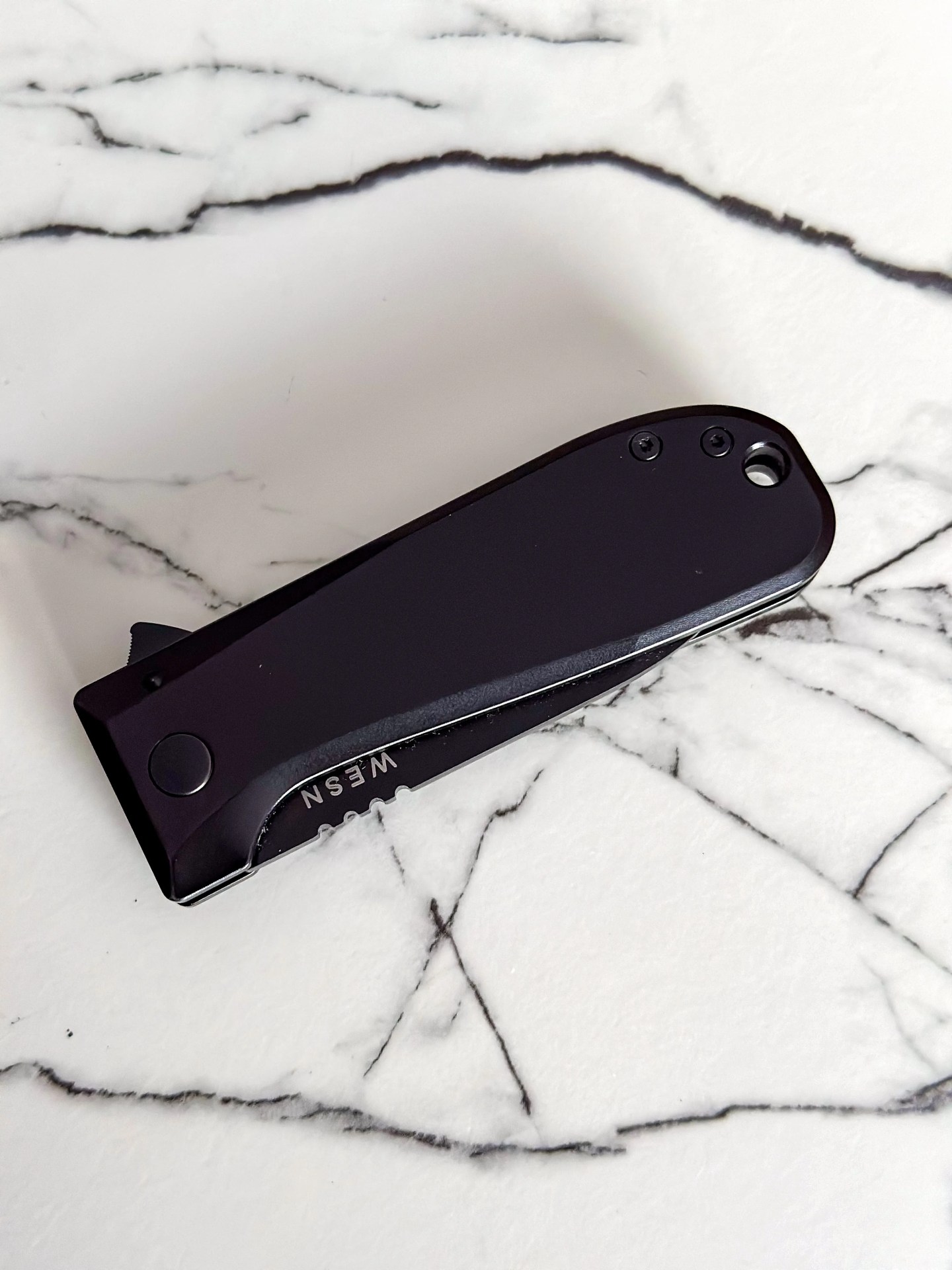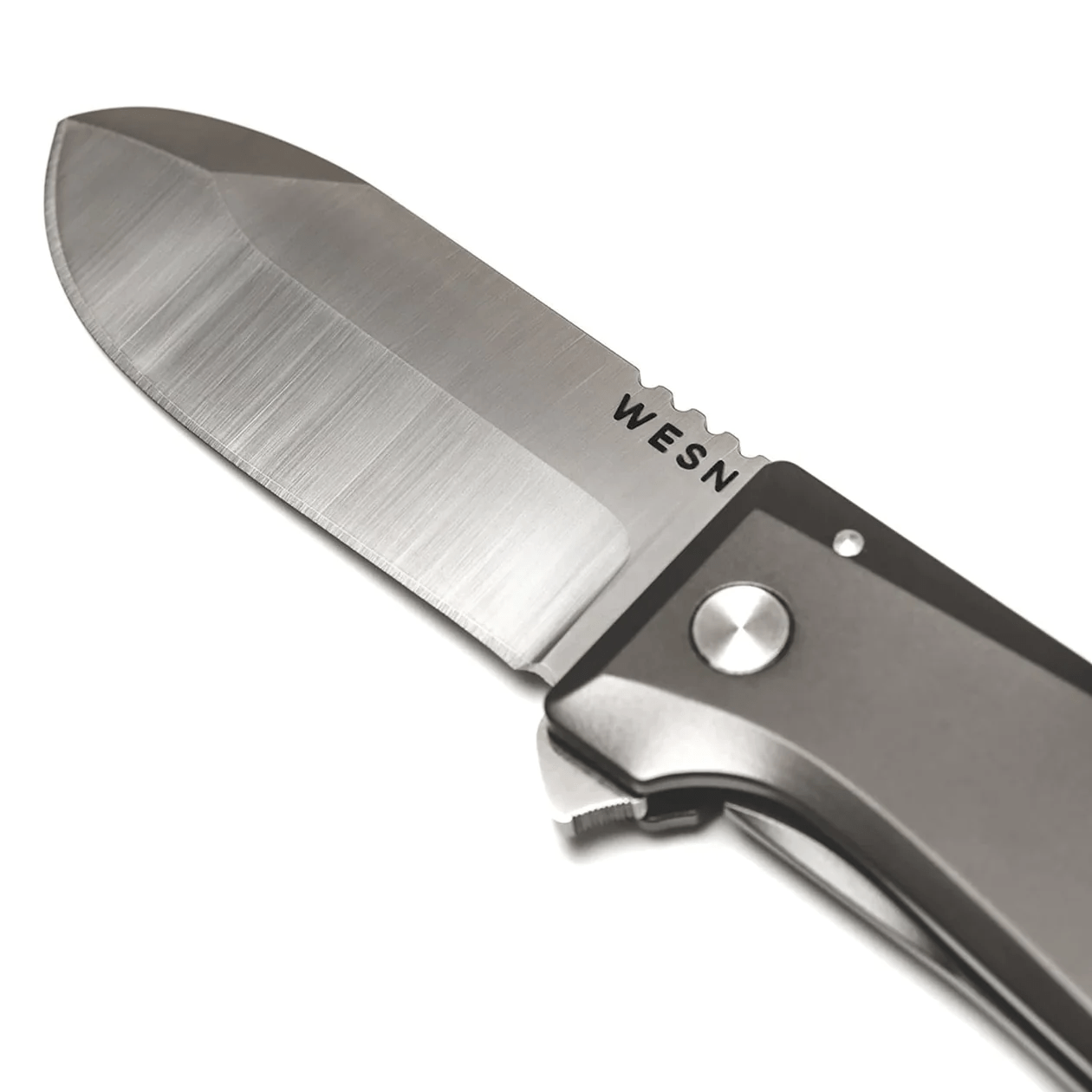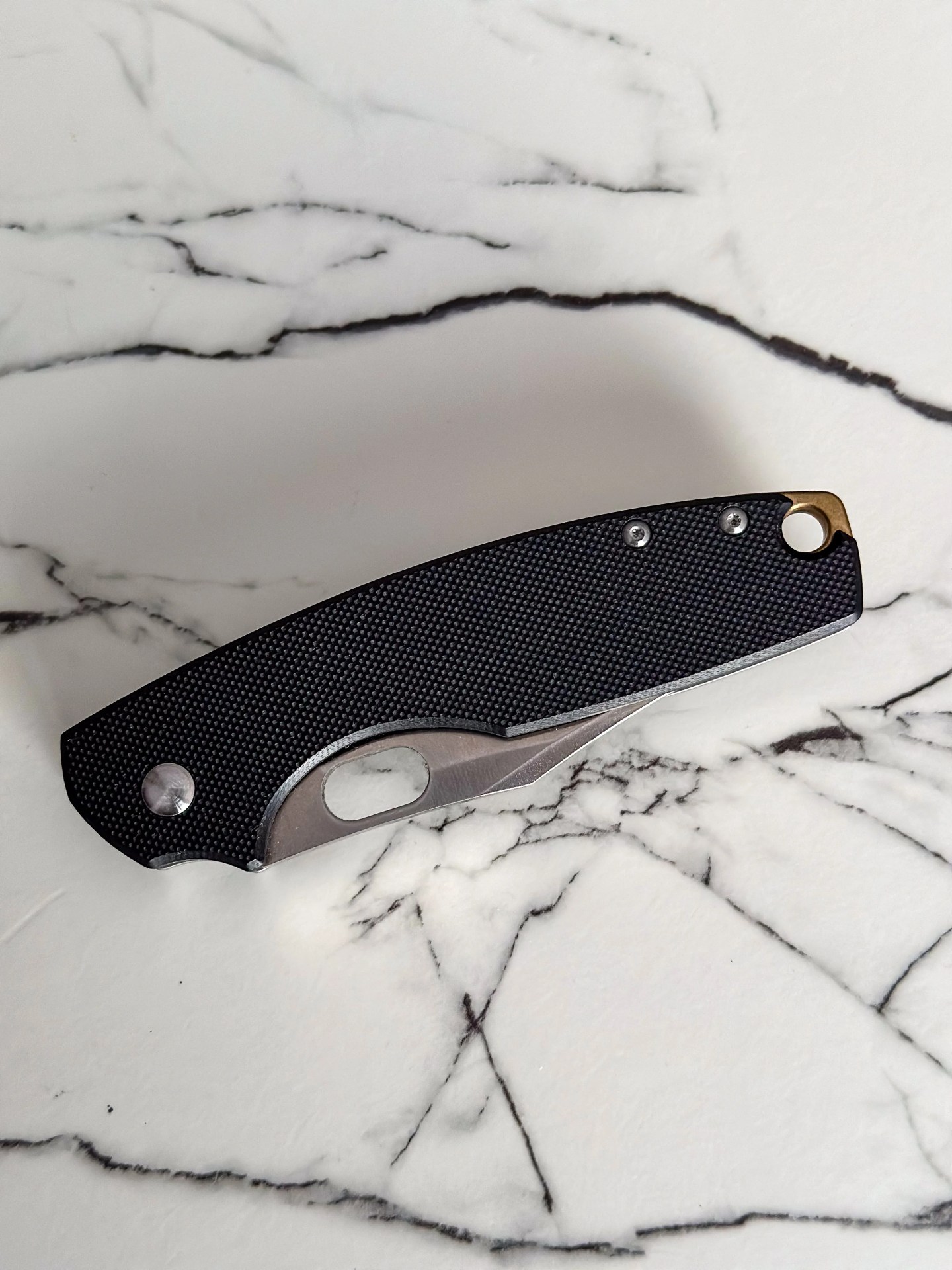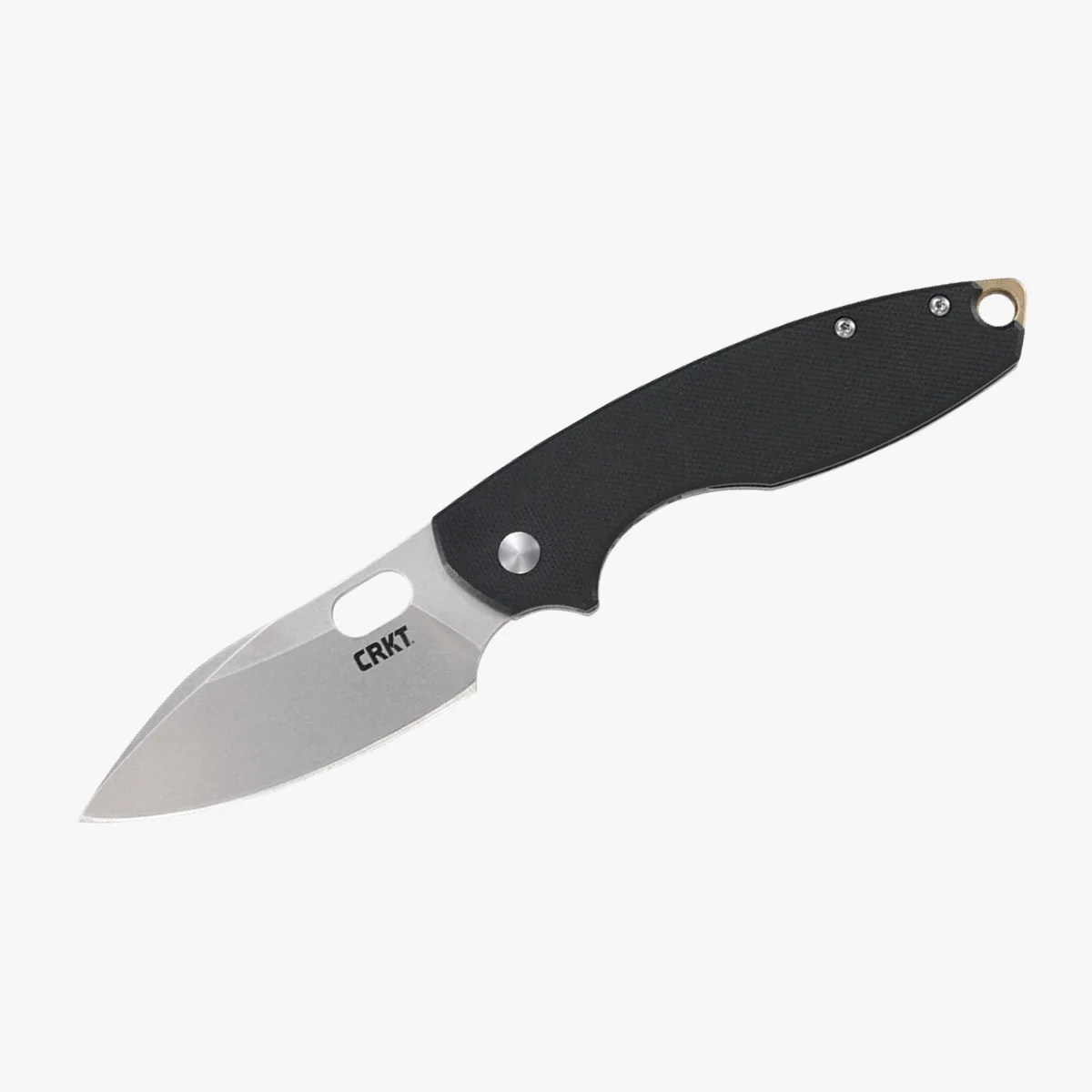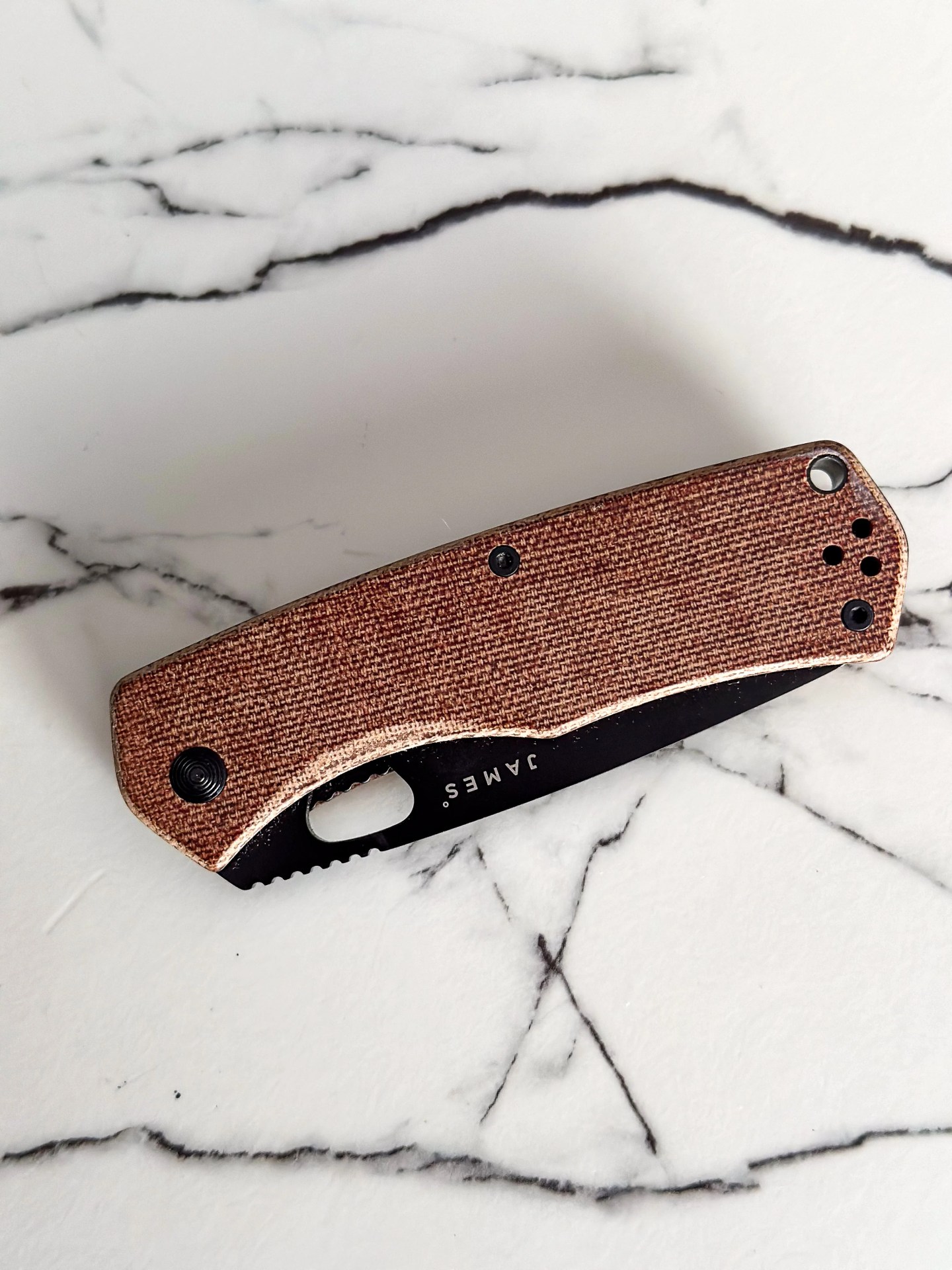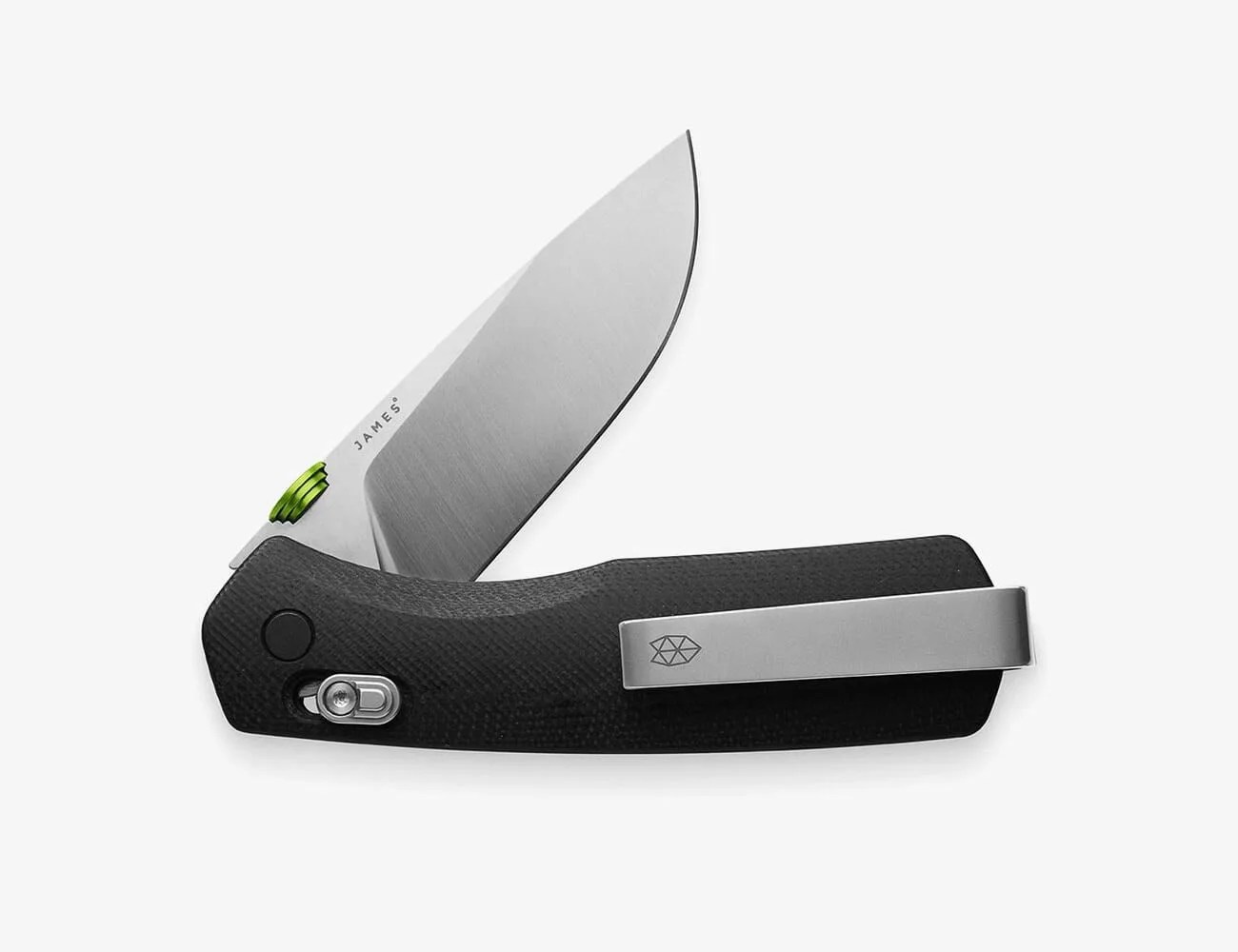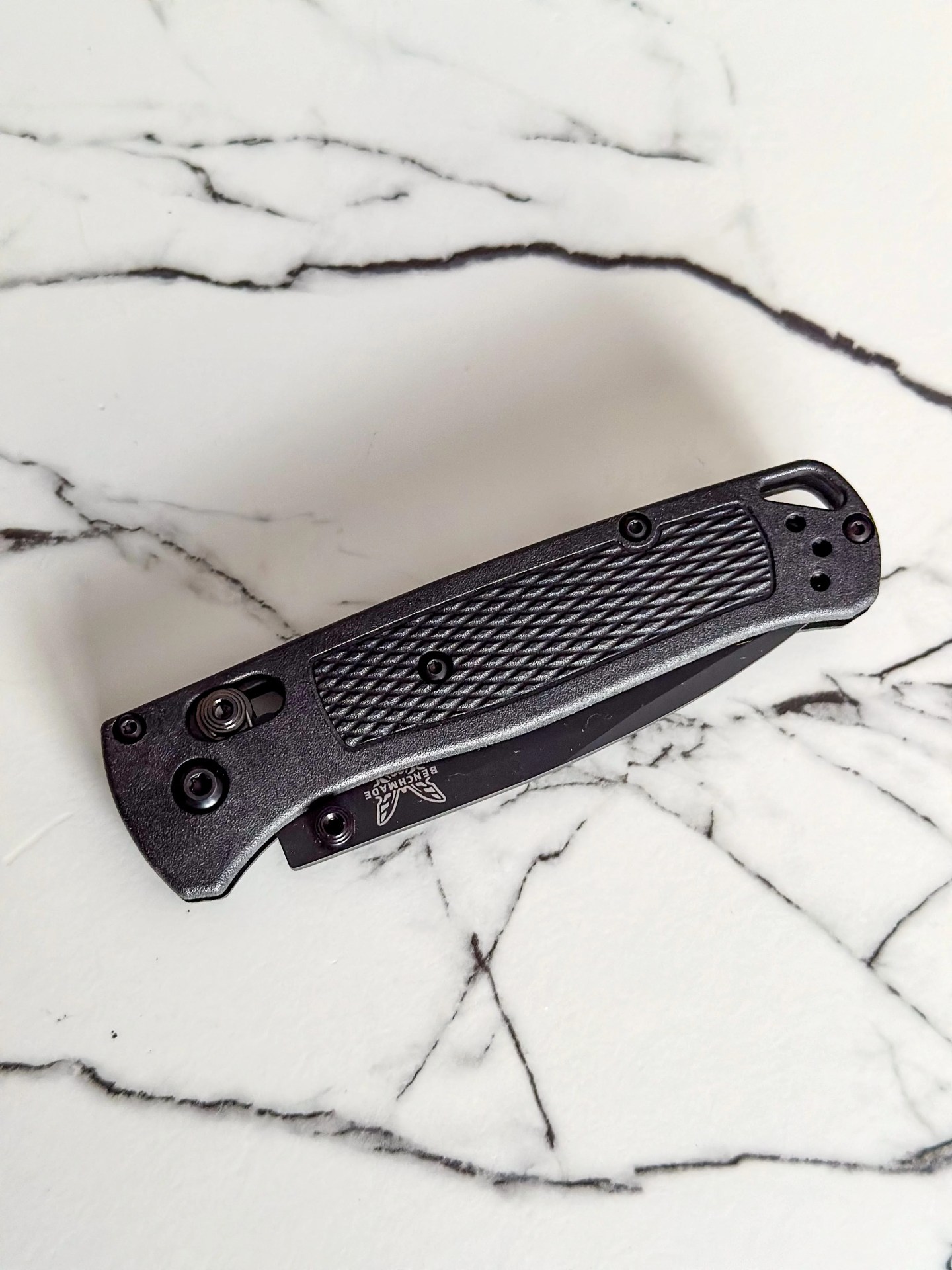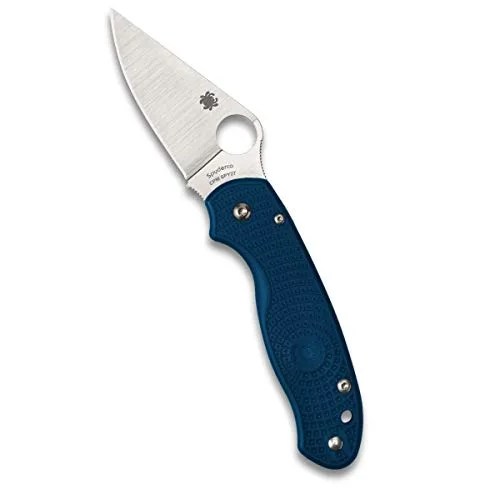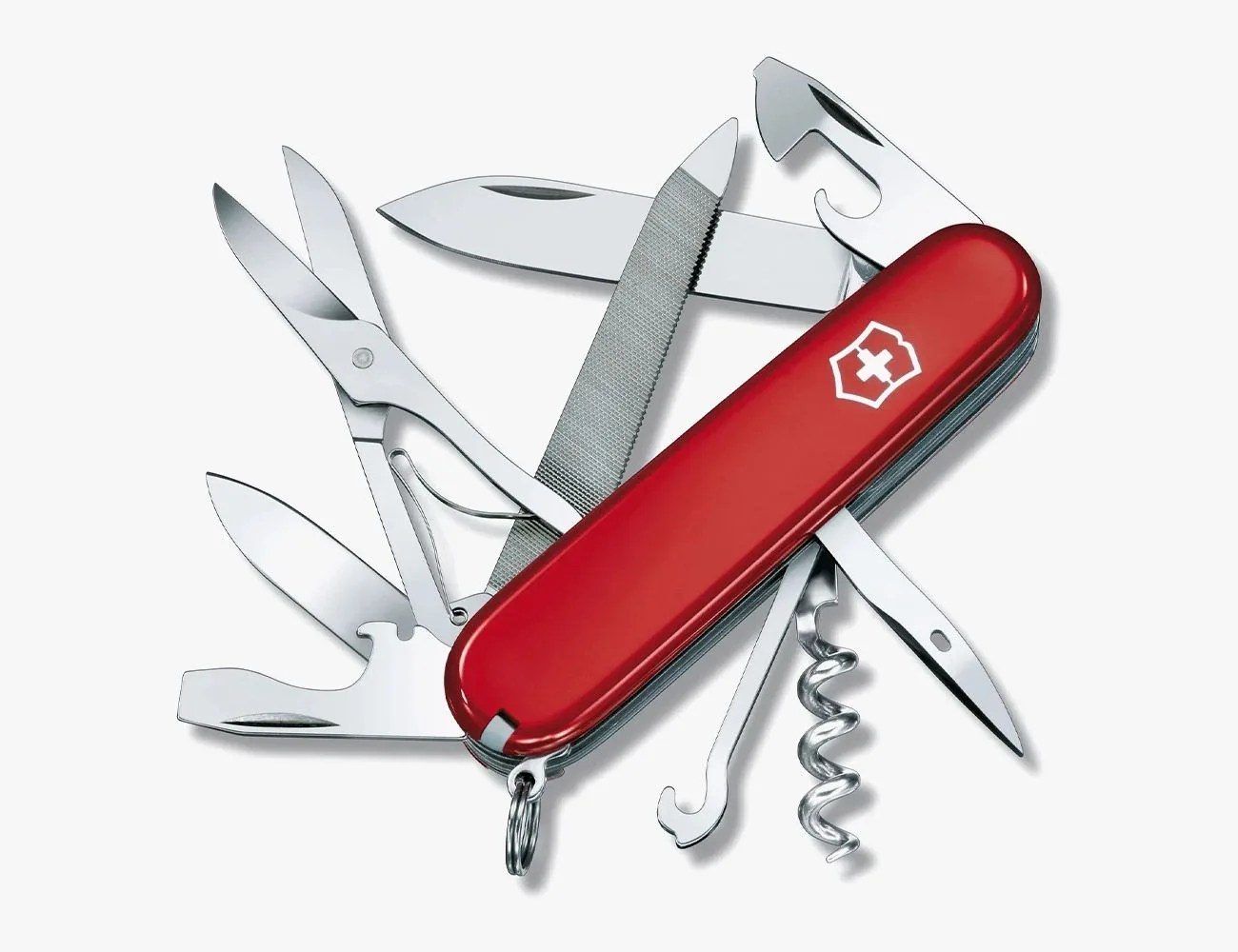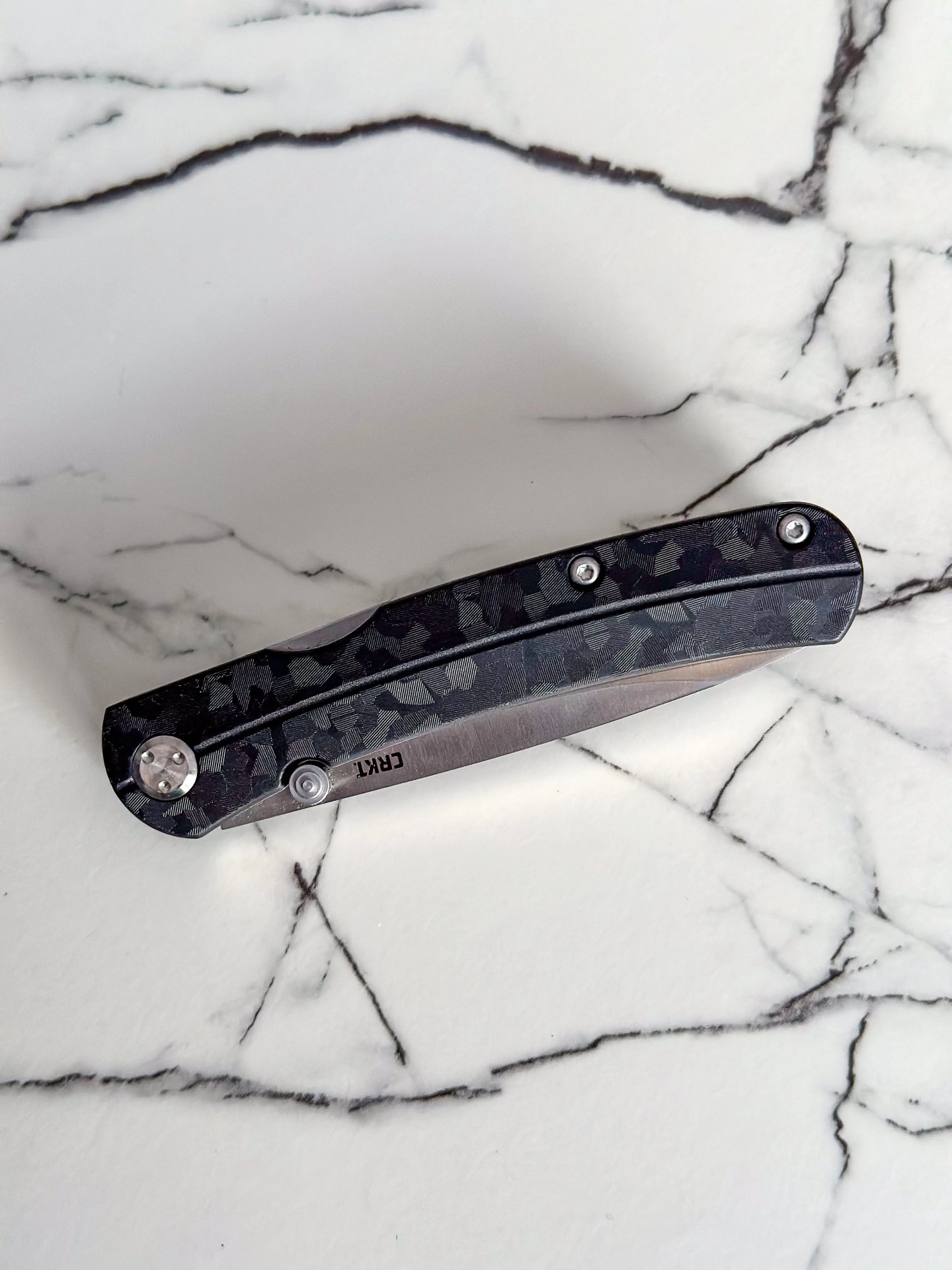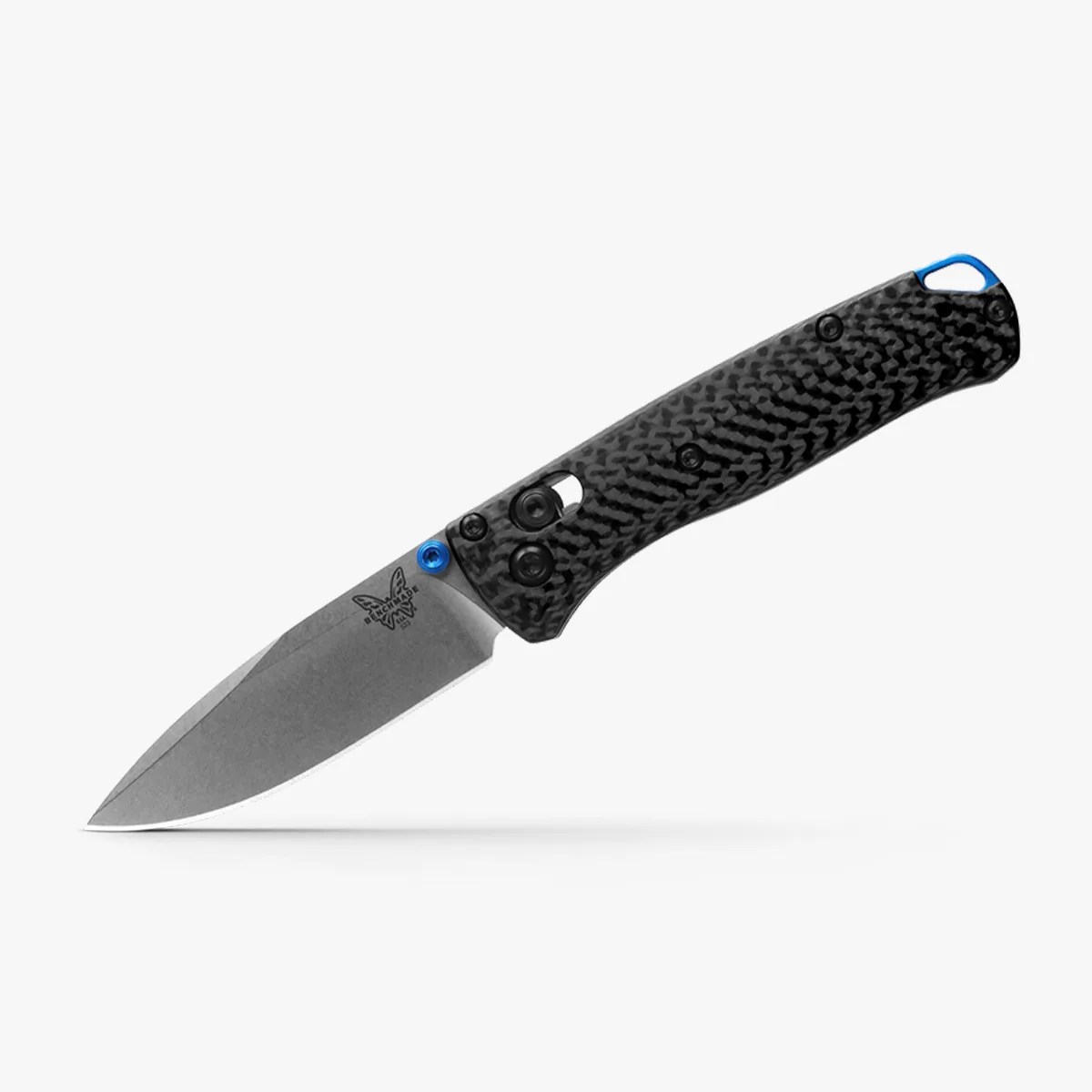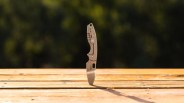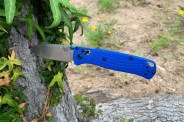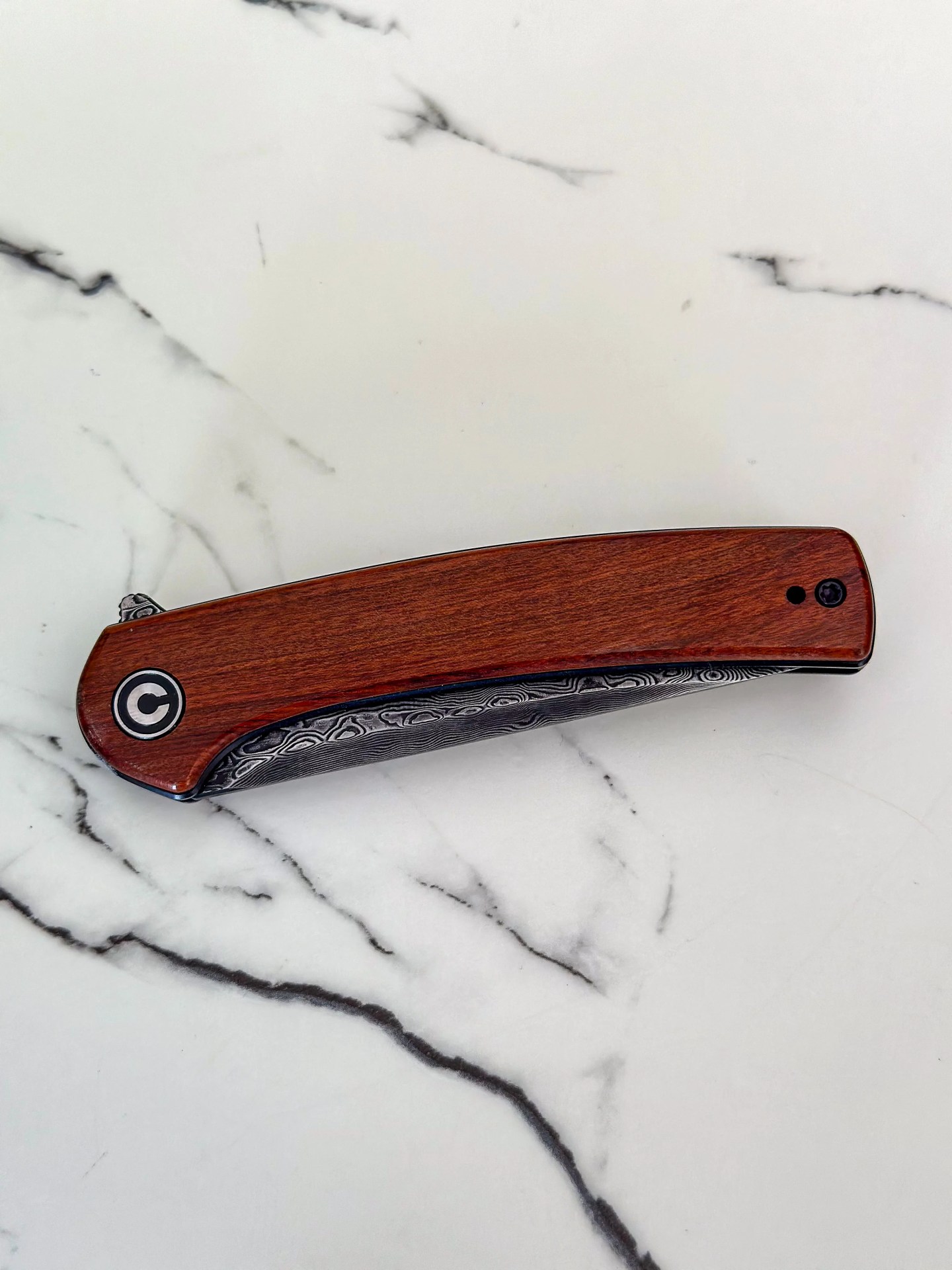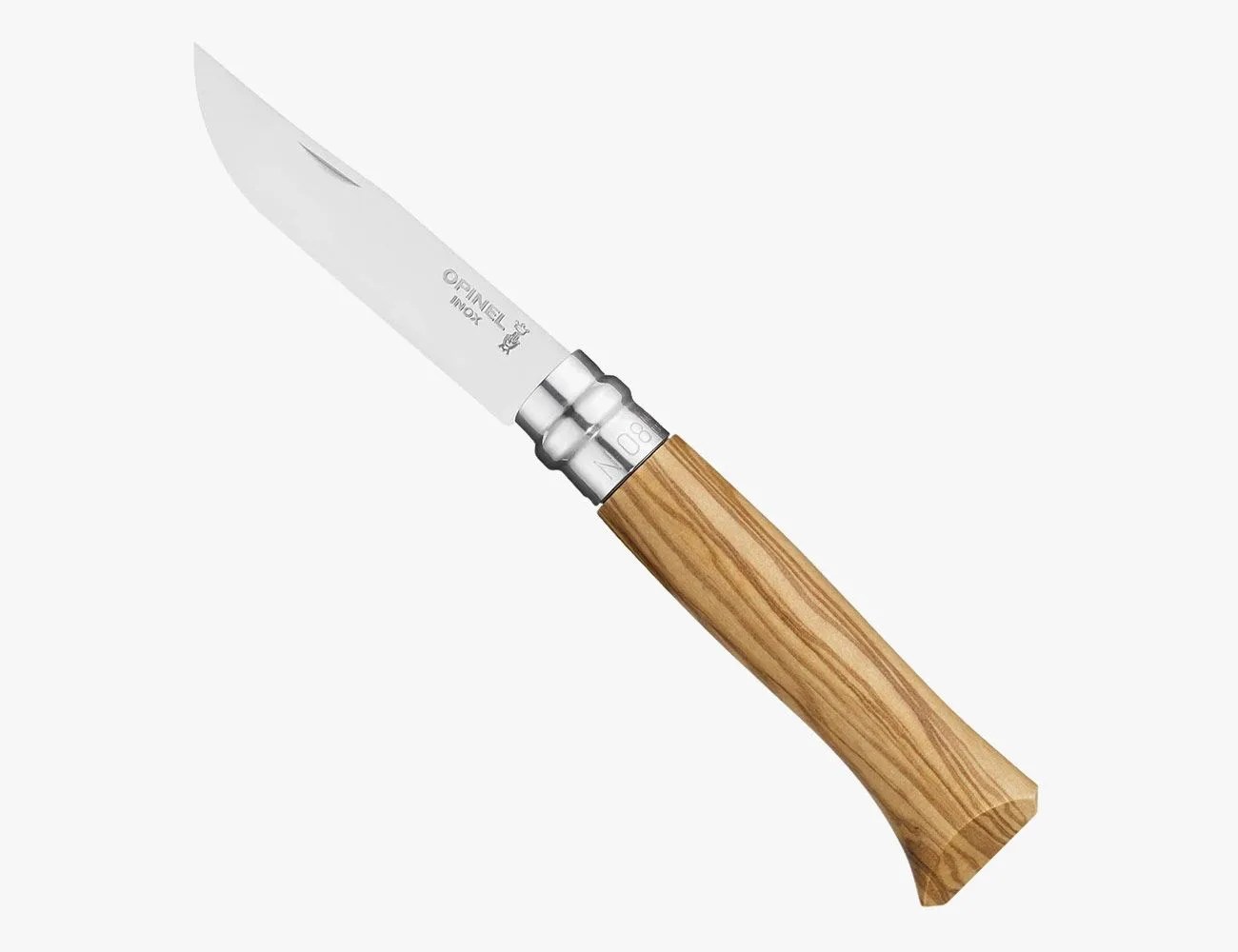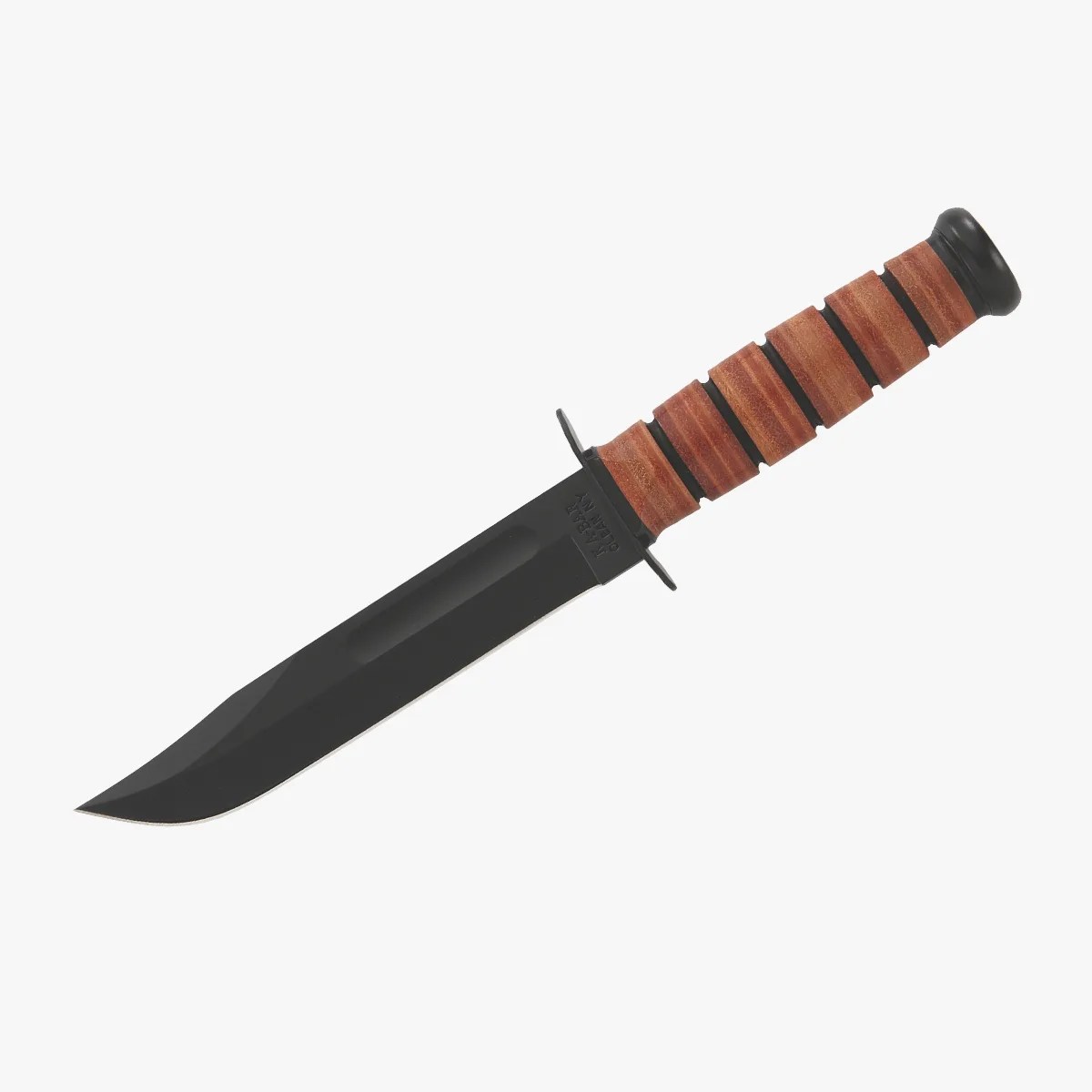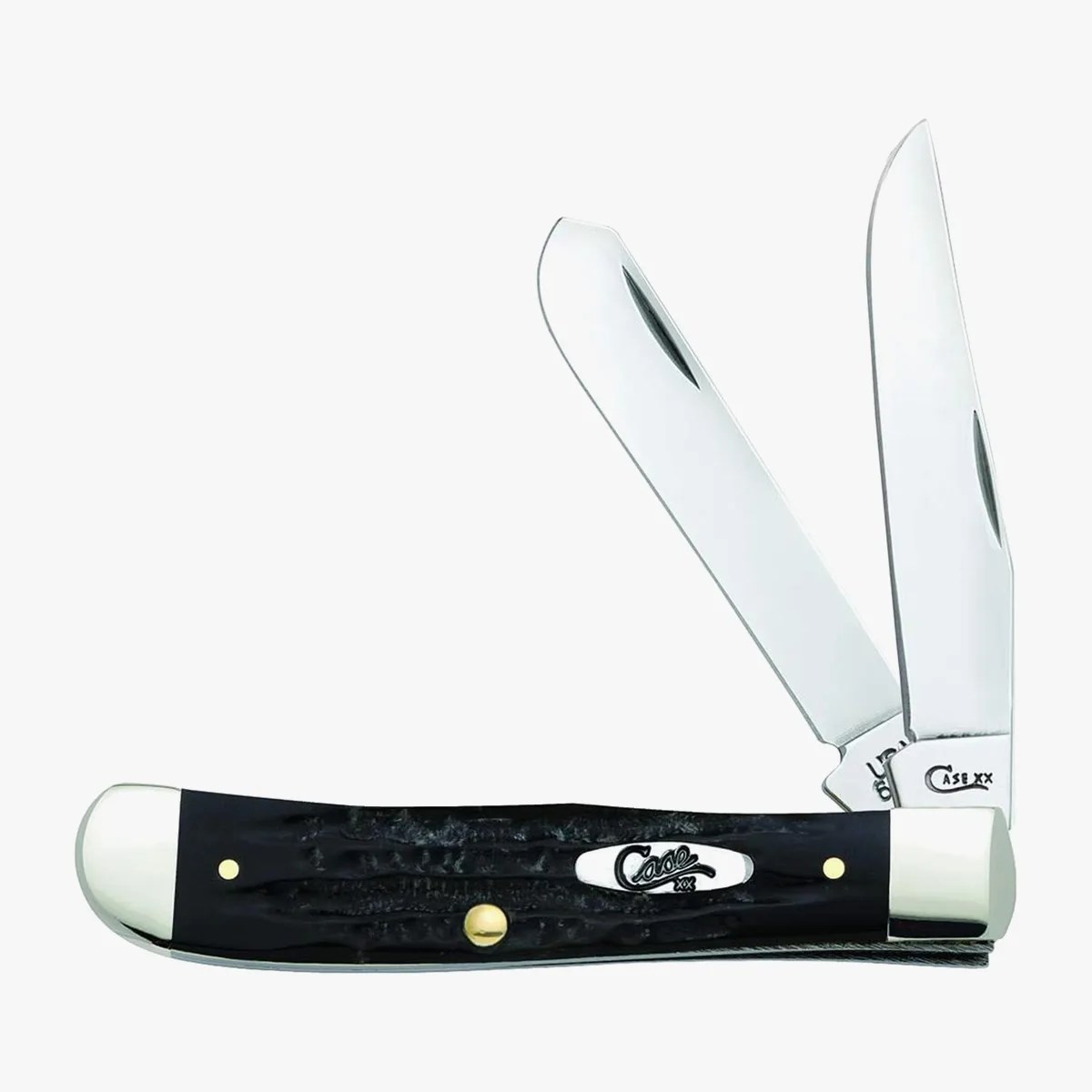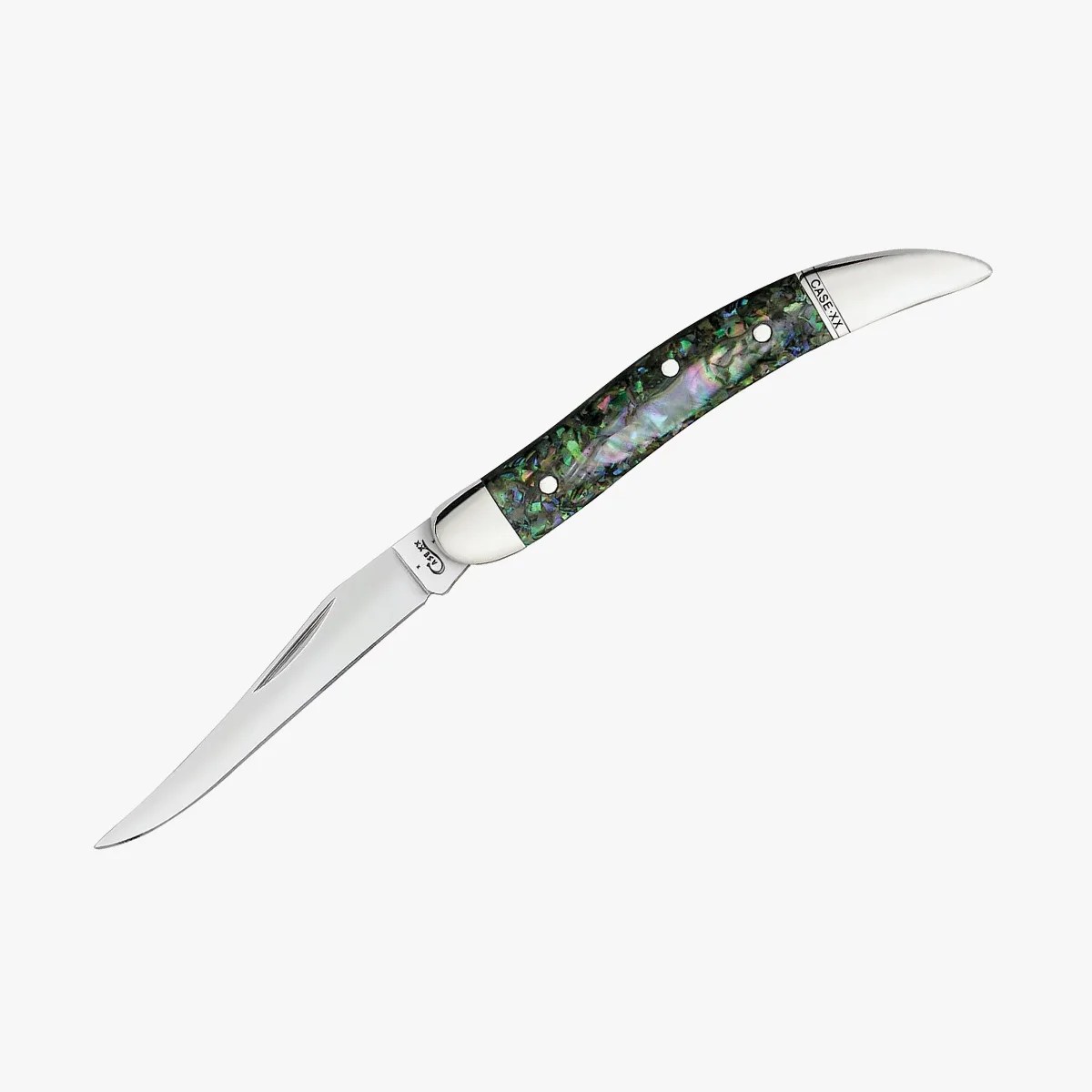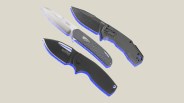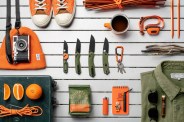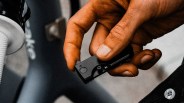While the blade of a given knife is obviously the most important part — it’s the part that does the cutting, after all — the handle is only slightly less important, as you’re not going to do much cutting if you can’t actually hold onto the tool. But it’s more than that. The handle impacts your ability to grip your knife (and that can change based on external conditions), its overall longevity and toughness, and what kind of lock it might have, among other things.
A lot of the above factors are determined by the material out of which your knife handle is made. And knowing the kinds of materials commonly used to make pocket knife handles can help you better understand a given knife, allow you to narrow down what you do and don’t like, and even set expectations for a knife’s capabilities, durability and more. With that in mind, we’ve outlined the most common knife handle materials below, along with examples of knives made with said materials.
Products in the Guide
-
Kershaw Leek
Read more -
Benchmade Bailout
Read more -
WESN Allman
Read more -
CRKT Pilar III
Editor's Pick
Read more -
The James Brand The Carter
Read more -
Spyderco Para 3
Read more -
Victorinox Mountaineer
Read more -
Benchmade Bugout Mini
Read more -
Opinel No.08
Read more -
Ka-Bar USMC Fighting Knife
Read more -
Case Trapper
Read more -
Case Small Texas Toothpick
Read more
Parts of a Knife Handle
Before you understand the materials that go into a knife handle, it’s important to know the parts that make one up. Typically, whenever someone talks about a knife handle, they’re referring to the scales, or the outer part of the handle. The scales can be made up of any material on this list (and many more). Second, some knives — especially those with non-metallic scales — have liners (also sometimes called spacers), or layers beneath the scales, sometimes to which the scales are attached. Liners are also important in the case of knives with liner locks (which you can learn more about here). It’s also worth noting that not all knives have liners, especially those with full-metal handles.
Finally, there is hardware — screws, pins, washers, ball-bearings, spacers (different from liner-spacers, these create the gap between the scales where the blade rests when a knife is closed) and the like — all of which constitute the pieces that hold a knife together and/or allow it to move. And then there are other secondary bits, like pocket clips and lanyard holes.
